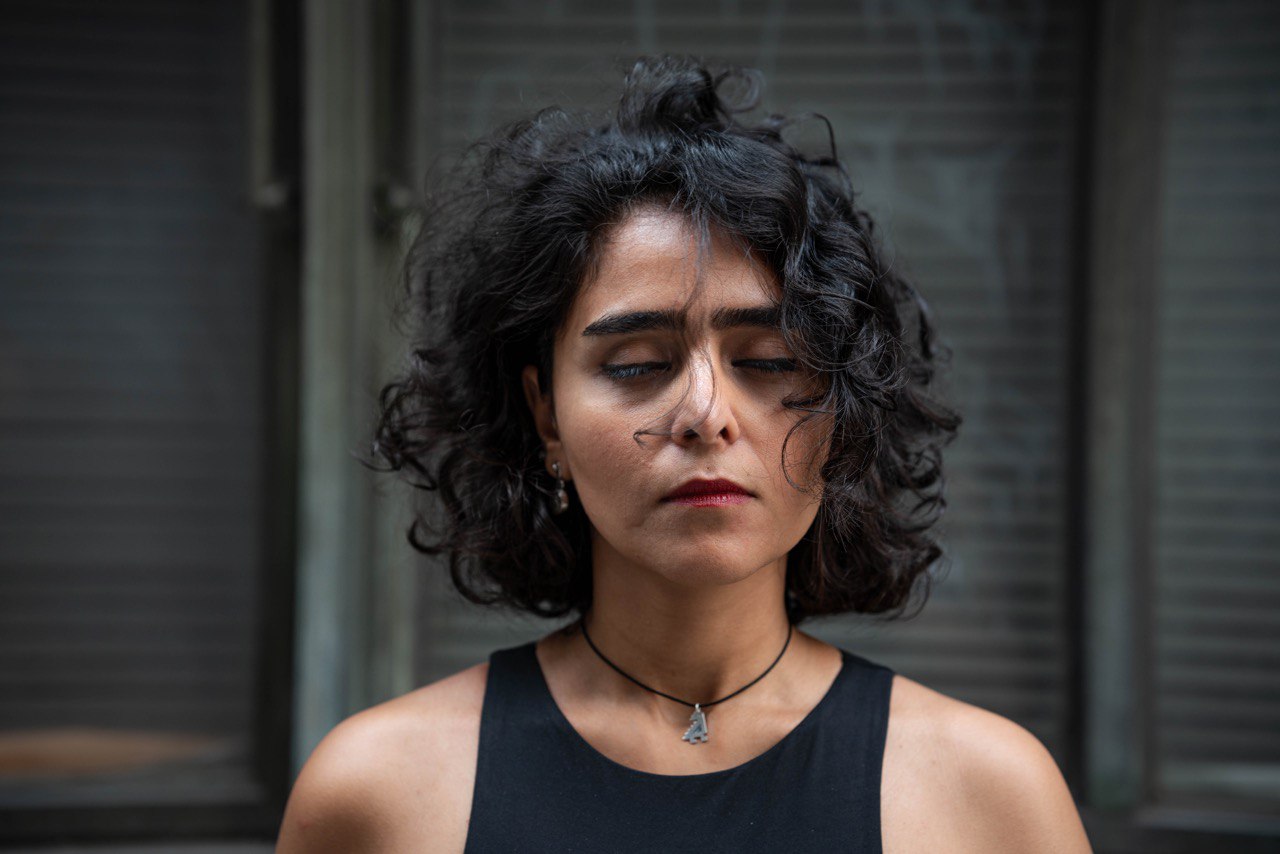We were lucky to catch up with Yekta Khaghani recently and have shared our conversation below.
Yekta, thanks for joining us, excited to have you contributing your stories and insights. Let’s start with what makes profitability in your industry a challenge – what would you say is the biggest challenge?
In my field, and particularly in the type of theater I’ve chosen to practice, grow, and create in, establishing profitability is not even an option. As an independent playwright and theater maker without institutional support, I constantly rely on the different communities I belong to-BIPOC, SWANA, women, Iranian-American, and immigrant communities-for visibility and resources.
One of the biggest challenges is that without institutional backing, the stories I tell (or that artists like me tell) often have to fit within certain stereotypical narratives in order to be recognized or funded. This limits our audience to the very communities we come from, rather than reaching a broader, more diverse group. However, the stories I create would be even more impactful if they were seen by non-immigrant audiences, and I truly believe that my work will grow stronger when it is judged, engaged with, and challenged by a wider spectrum of people.
Over the past two years, I independently produced two plays, one full-length and one one-act. While both were financially and artistically rewarding, my audiences primarily consisted of independent theatergoers and BIPOC communities. I made every effort to invite directors, artistic directors, and producers, yet they didn’t show up.
This lack of institutional support makes it incredibly difficult to keep motivating myself. While I remain hopeful, the reality is that without institutional recognition, sustainability and growth as an artist remain a constant struggle.
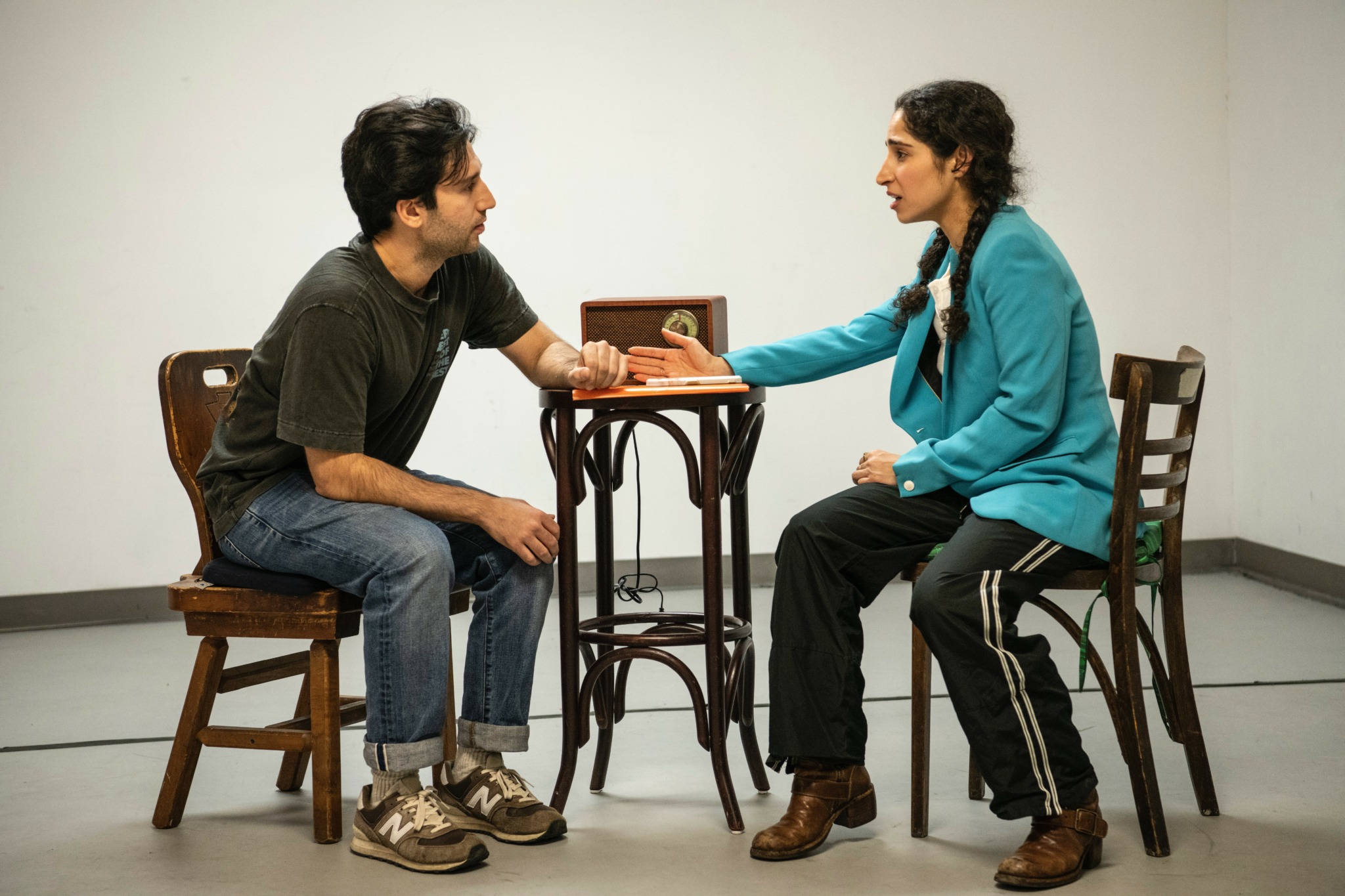
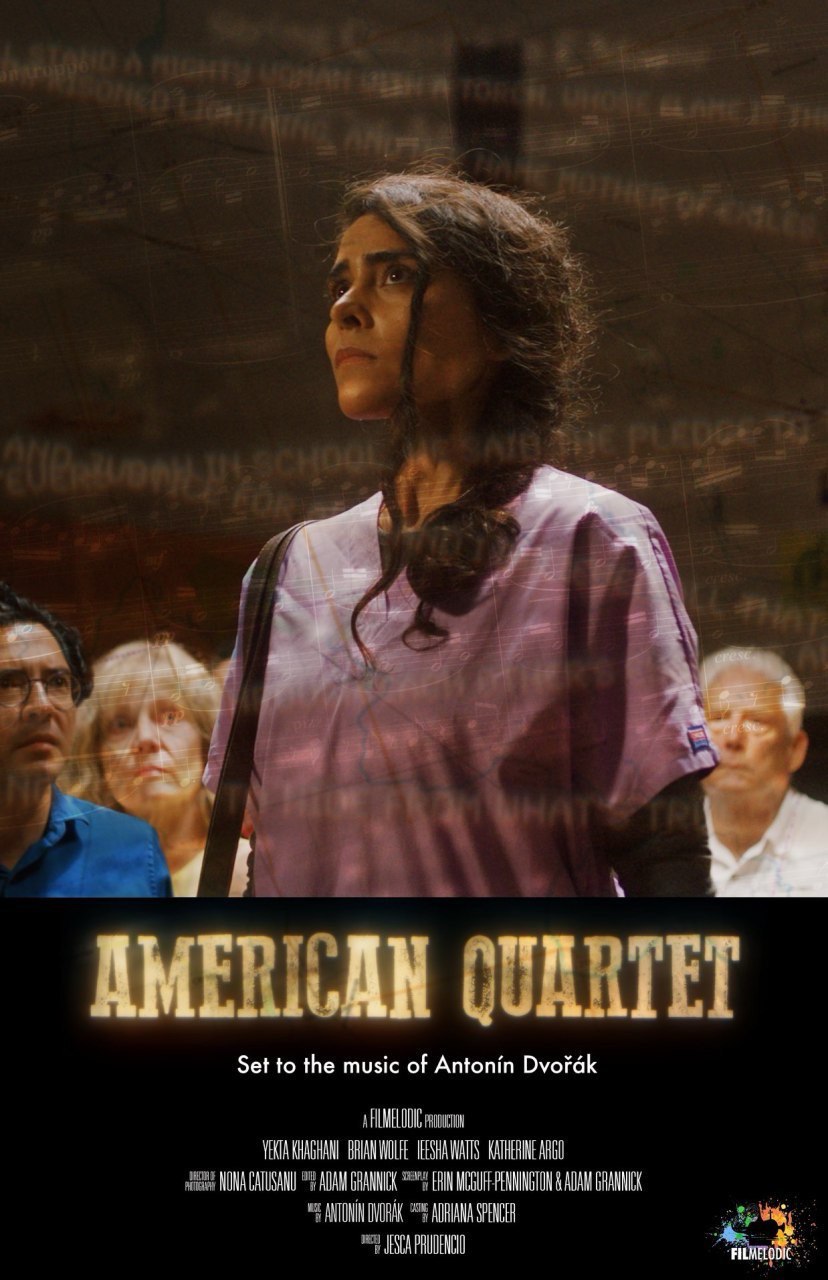
As always, we appreciate you sharing your insights and we’ve got a few more questions for you, but before we get to all of that can you take a minute to introduce yourself and give our readers some of your back background and context?
My father was a prominent film distributor in Iran, and I believe my first exposure to art came through him. Watching films and going to movie theaters was part of our family culture. However, despite his deep connection to cinema, my father held a strict opinion against me pursuing acting in the film industry, due to its toxic and patriarchal environment. Because of this, I shifted my focus to theater, and my passion for it grew day by day.
I began acting in theater and radio at the age of 14, and before pursuing any formal education, I had the privilege of working with some of Iran’s most celebrated directors. I later studied Dramatic Literature at the University of Art in Tehran, which was one of the best decisions of my life—I cannot imagine a single day without writing or exploring new ways of storytelling.
One defining aspect of my journey is that my identity as a female playwright is inseparable from my work. After graduating, I joined an underground theater group called Khaneh (meaning home in Farsi), which became a pivotal experience for me. This group of playwrights, actors, and directors defied censorship and political oppression by staging performances in private homes, away from the watchful eyes of the regime. This experience deeply shaped my artistic vision and commitment to theater’s transformative power. Since then, theater and the concept of home have been intrinsically linked in my heart and mind, as has my belief in the importance of collaboration and artistic family.
I am deeply passionate about family collaborative creativity, and I feel fortunate that my husband is also a theater artist—a lighting designer and an independent street photographer. Working with him on my projects brings me immense joy. One thing I struggle to change in myself, despite its challenges in the U.S., is my belief in working only with artists with whom I feel a deep connection, as if we are part of the same vessel, or a shared home.
My work focuses on diaspora, race, and gender, allowing me to explore my own identity as an immigrant playwright, actress, and theater maker. I am committed to further developing these themes to bridge the gap between my homeland and my chosen home.
I lost my father three years ago, a loss I still struggle to fully grasp. It often feels like I’ve simply lost him somewhere, and one day, I will find him again. After his passing, I made a promise to myself—to keep writing. Writing has been my greatest source of healing, the one thing that keeps him close to me. This is what I am most proud of: that despite my grief, I have fought to celebrate life through writing, transforming my daily observations into stories, even when it felt impossible.
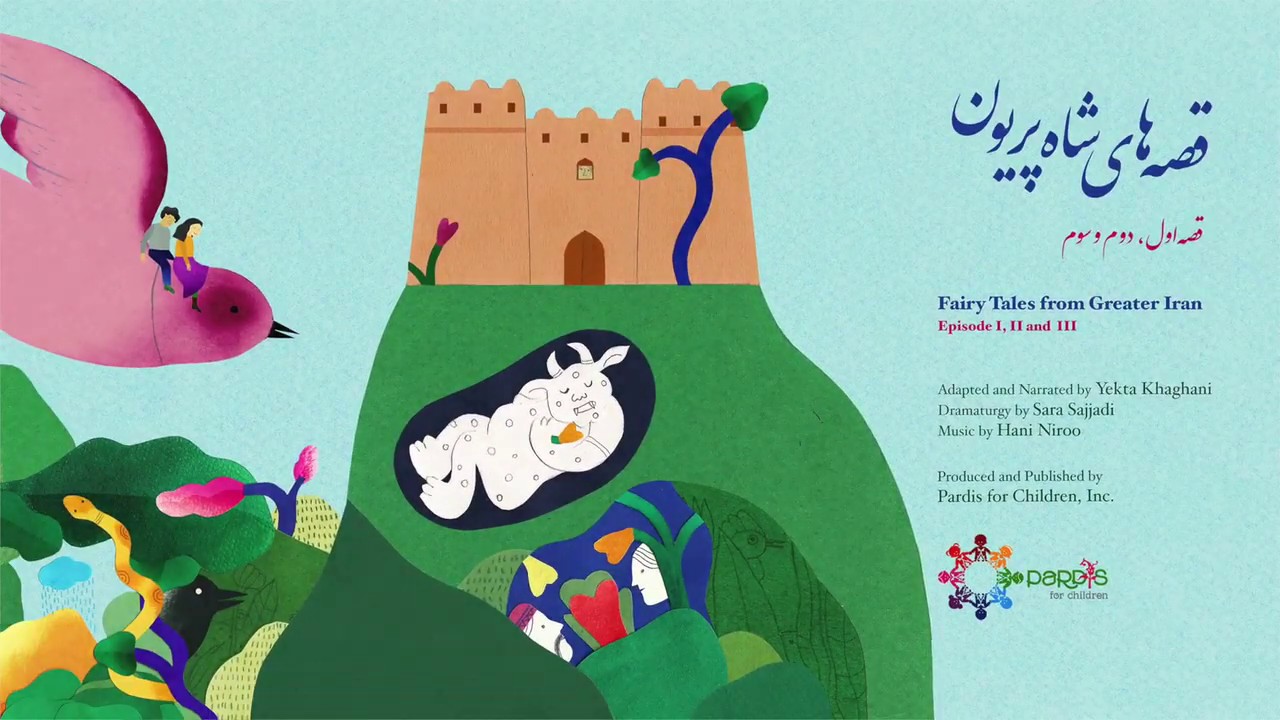
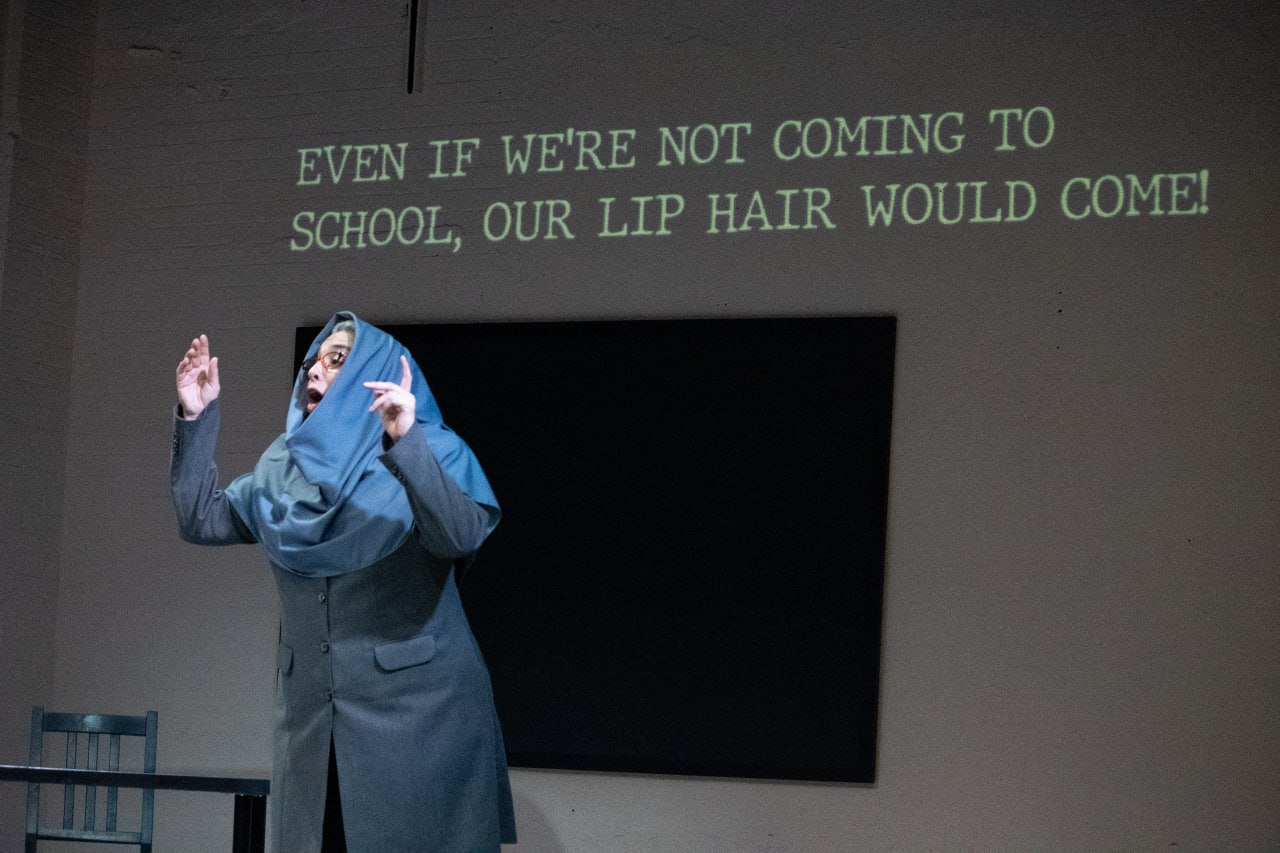
What’s the most rewarding aspect of being a creative in your experience?
For me, one of the most rewarding aspects of being an artist is the ability to transform my pain, grief, dreams, hopes, and visions for the future into the body of my work. When I begin a new play, scattered images, dreams, thoughts, and questions all come to me at once. Writing, for me, is like creating a collage; piecing them together with one purpose: storytelling.
Beyond the creative process, my art has connected me to a community of supporters; people who not only attend my shows and help fund my productions but also share their feedback, keeping me grounded in my artistic purpose. Their engagement reminds me why I do this: to foster change and cultivate hope.
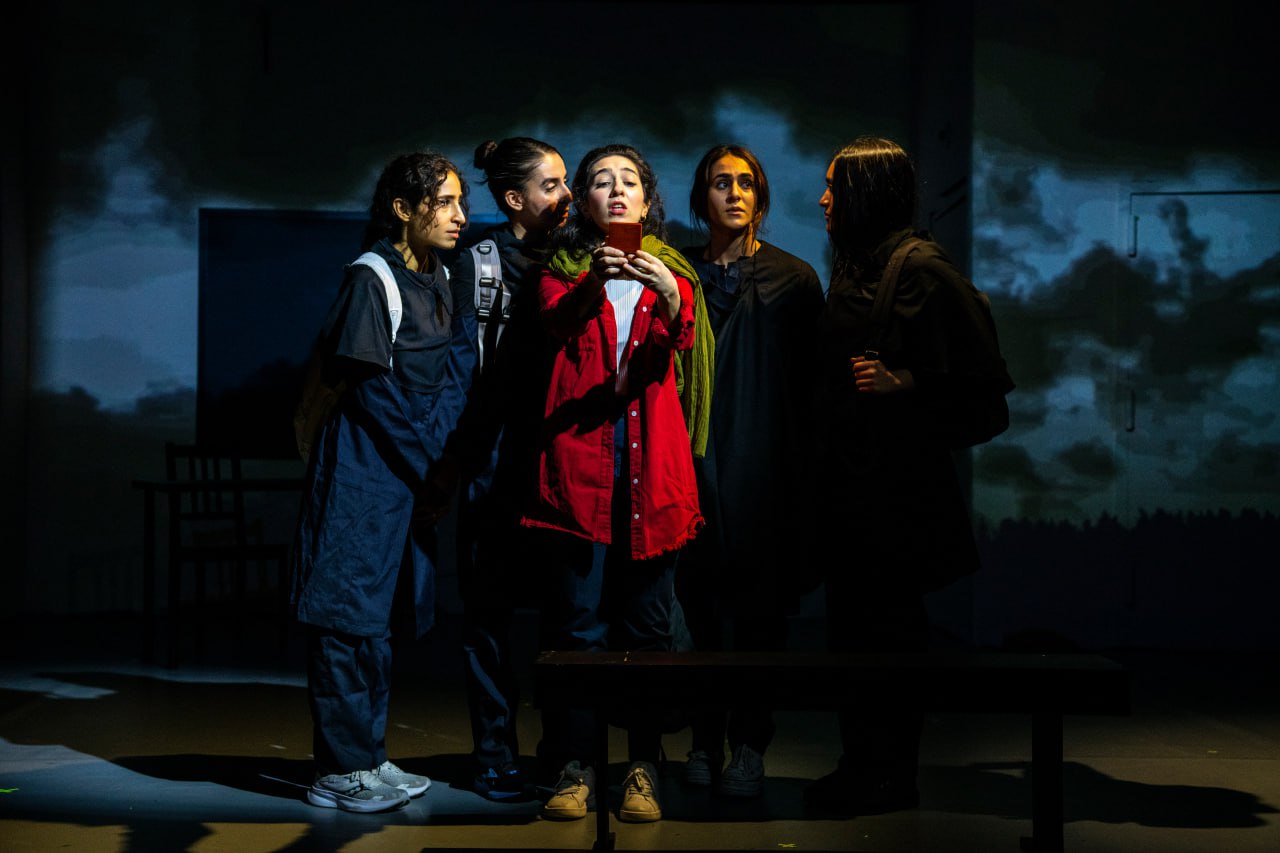

Is there something you think non-creatives will struggle to understand about your journey as a creative?
I think what might not be fully understood about my journey as a creative(especially as an immigrant)is that half of my sense of self feels submerged, unseen beneath the surface. People may only perceive the part of me that is constantly working, striving, and putting in effort to achieve something that comes far more easily to those born here or even to second-generation immigrants.
For me, continuously writing, submitting my plays for residencies, fellowships, and competitions, and seizing every opportunity available isn’t just about career advancement, it’s about making myself accountable, pushing my own boundaries, and deepening my artistic exploration. This relentless effort, this ‘nonstop working,’ might be dismissed as much ado about nothing by some. But for BIPOC artists, the reality is different. We have to work harder, not just to be seen or acknowledged, but to carve out a space that is truly ours, to build a foundation for our work to stand on. And that takes three times the effort, three times the resilience, and three times the belief in our own voices.
Contact Info:
- Website: https://www.yektakhaghani.com
- Instagram: @yektakhaghani
- Facebook: Yekta Khaghani
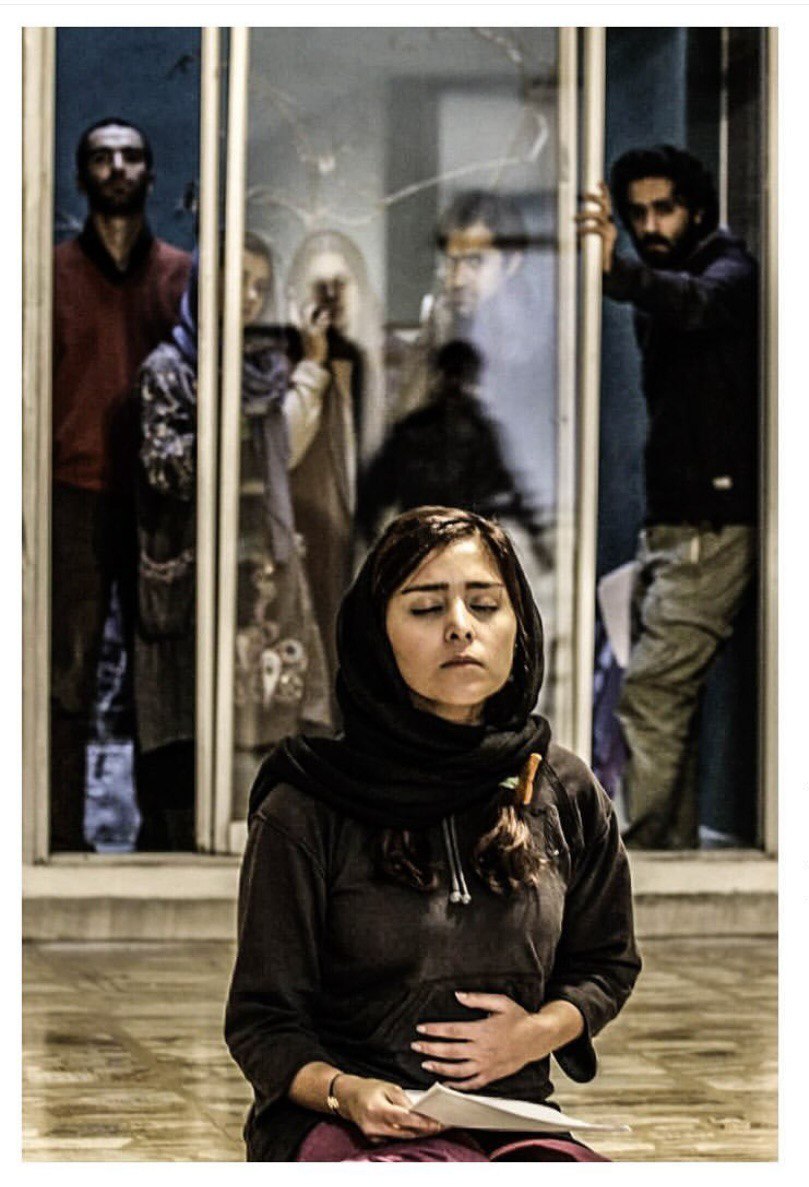

Image Credits
Head Shot: Reza Behjat
Silent Innocent: Noushin Jafari
Fairy Rales From Greater Iran: Poster design by Elaheh Taherian
In the Stillness of Night 1&2: Kaveh Kowsari
Whispers of the Flesh: Poster design by Mona Mobarakshahi & Azim Morakabatchi
A Study: Kaveh Lowsari
Puppet show: Mahkameh Eslami


